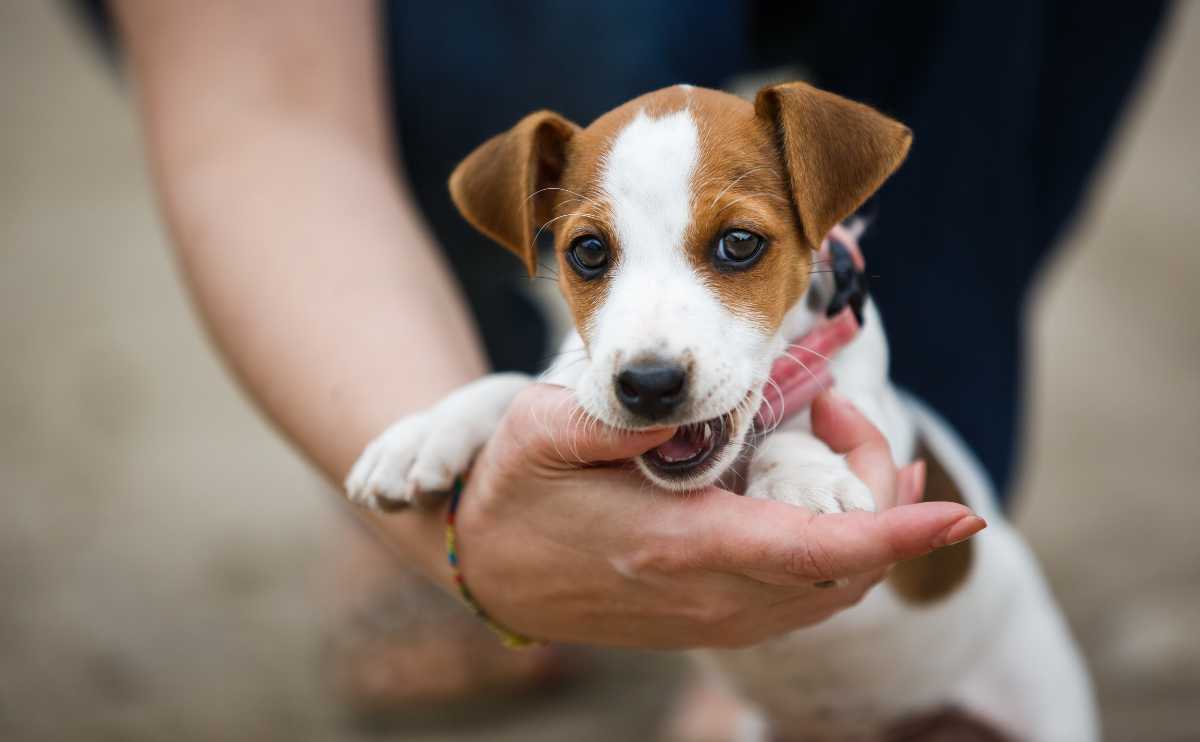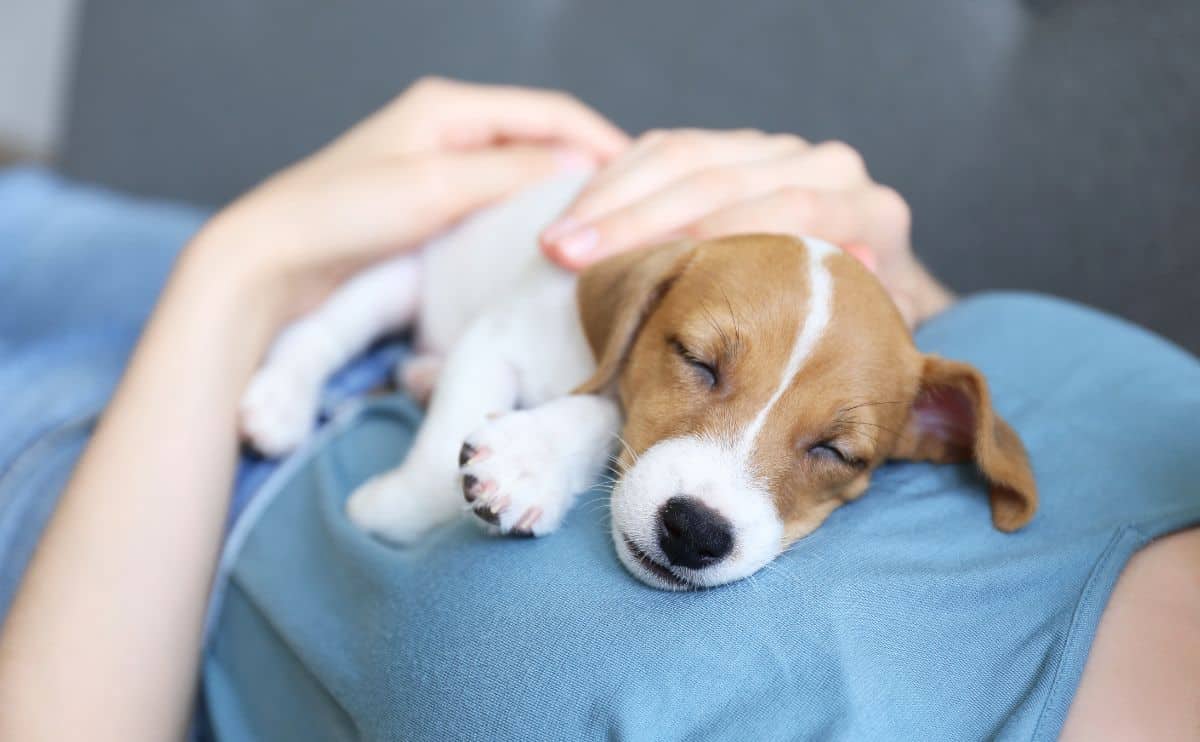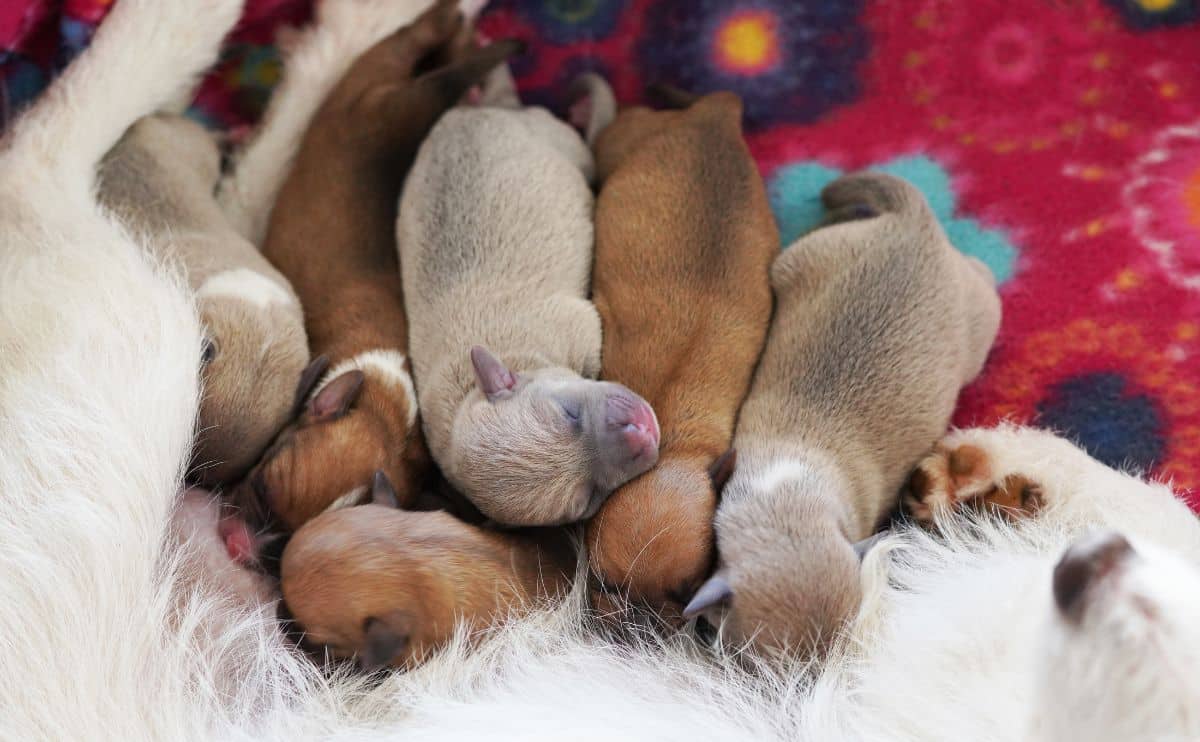When you purchase through links on our site, we may earn a commission. Here’s how it works.
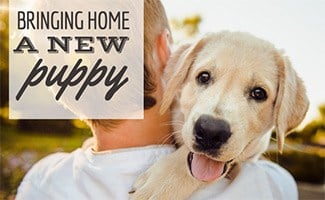
There are many things to think about when you consider bringing a new puppy into your family. From how to pick out the right puppy to what you will need to prepare for your puppy’s arrival, there is so much to plan for! The planning doesn’t stop after your newest family member comes home either.
The life of a new puppy owner is almost as hectic as the life of a new parent. Fortunately for a puppy owner, the baby phase is much shorter and much less expensive than having a human child.
- Is Everyone On Board With Adopting A New Dog?
- How To Puppy Proof Your Home
- What To Buy For A New Puppy
- Find The Right Puppy Food
- Finding A Veterinarian For Your Puppy
- Puppyhood Is The Best Time To Consider Pet Insurance
- Schedule Your Puppy Shots And Vaccinations In Advance
- Heartworm Prevention
- Spay Or Neuter Your Puppy
- The First Day With Your New Puppy
- Video: Tips For Bringing Your Puppy Home
Is Everyone On Board With Adopting A New Dog?
The first thing to consider is whether everyone in your household is on board. From roommates to family members, it’s important to make sure that every single member of the household is happy about the addition. Adding a new puppy to a family that’s not completely welcoming can be difficult for family members and the puppy. Puppies are extremely sensitive to changes in behavior and mood, so living with an individual who resents it can cause undue stress.

Sadly, bringing a new puppy home to a household where not everyone is accepting may even open the puppy up to abuse. Some roommates have been known to feed dogs beer when the owner isn’t home simply because they felt no sincere attachment to the dog and wanted to “see what would happen.”
Checklist: Am I Ready To Adopt A Dog?
The Owners’ (And Families’) Responsibilities
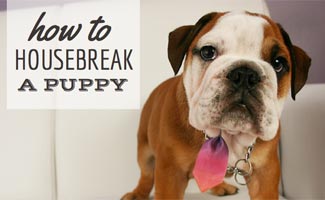
Once everyone is on board, it is essential that the family know what duties are expected of them once the dog comes home. Taking care of a new dog (especially a puppy) is hard work and involves a variety of chores. Someone must be willing to feed the new puppy, walk it, pick up after it when it goes to the bathroom, train it in basic obedience, reinforce housebreaking (learn more about housebreaking a puppy), and someone must even be willing to play with the puppy.
Some of these tasks can become extremely repetitive (particularly taking your dog out to reinforce potty training), so it can help to put chores on a rotating schedule so that no one family member comes to resent the new puppy due to the repetitive tasks.

There are also the fun aspects of pet ownership, including whose room the puppy will sleep in, who gets to wash the dog, who shops for (or picks out) toys, etc. If there are younger children in the household, it’s important to highlight the fun as well as the tedious chores to keep everyone excited. Sharing the responsibilities will help you bond with your new dog and your family members.
Ways To Bond With Your New Pet
How To Puppy Proof Your Home
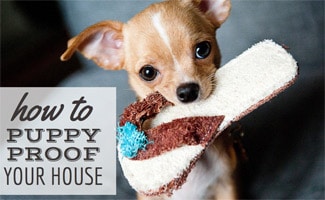
Most puppies will chew anything and everything they can get their teeth on. So it’s important to emphasize picking up toys and clothes that should not become puppy food. It’s important not only for the safety of your possessions but also for the safety of the puppy — intestinal obstructions from ingested toys and clothing cost thousands of dollars to remove and put your pet’s safety at risk.
Just as with children, it’s important to puppy proof your home. Be sure to cover electrical sockets that your puppy can reach, tie up, and cover wires that can be chewed and remove small items that present choke hazards.
Tips For Kids

Puppy proofing also includes teaching children in the house acceptable and unacceptable behaviors when it comes to their new family member. Toddlers especially have a difficult time understanding the importance of gentle play. Not only can rough play scare an 8-week-old puppy, but it may also physically harm the dog.
Young children should also be warned about the sharpness of puppy teeth and reminded to keep their hands safely out of reach. A helpful trick to teach young children is to have them offer an acceptable chew toy in place of the hand.
Lastly, it’s important to teach a child that they should never wake a sleeping dog. Like people, puppies are unaware of their surroundings when they are sleeping, and being shocked awake by a young toddler could lead to a bite incident.
How To Introduce Children To Dogs
What To Buy For A New Puppy

Now it’s time to go shopping for those must-have items for your new family member. Most people tend to over-shop for their new puppy, and there are only a few items that you absolutely need.
- A collar and leash with an up-to-date ID tag
- Stainless steel or another good dog bowl
- A crate that is just big enough for your puppy to stand in; you can add a divider for larger crates to make them smaller. This prevents the need to buy more than one during your dog’s lifetime (crates give your puppy somewhere safe to sleep and assist with housebreaking and training) — learn more about crate training
- Bedding for the crate, if you decide to use one (a folded blanket or a fleece crate liner)
- A comfortable dog bed
- Carpet cleaner (there will be accidents)
- An entertaining teething toy (the Puppy Kong is the most recommended toy)
- A comforting item (A soft toy that mimics a heartbeat or a t-shirt from the puppy’s mother or its siblings. Be sure it doesn’t get ripped or ingested.)
- A bag of puppy food
- Pet insurance helps you prepare for major medical bills
Find The Right Puppy Food
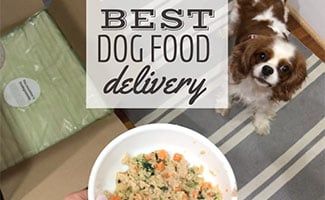
Choosing a dog food for your new puppy can be incredibly confusing. With so many dog food brands, it can be difficult to pick one that’s healthy and meets your budget. Most breed-specific rescues, breeders, and shelters will feed a particular brand of puppy food. If you intend to change diets, it’s important that you gradually transition them into the new food.
Check With The Previous Owner Or Adoption Organization
When you talk to the current owner, make sure to ask why they are feeding a certain food. Often, shelters feed puppies a certain brand because they receive a reduced price. Sometimes breeders claim great results with a certain brand, so they use it across the board. It is also possible that your puppy has food allergies or other dietary considerations. Whatever the reason your puppy is feeding on a certain food brand, it’s important for you to know before you switch to a new food.
Finding Good Quality Puppy Food
Need a little help in picking the best puppy food for your new dog? Look at the ingredients list — you can determine a quality dog food from the first three ingredients. A dry dog kibble that lists grains as the first ingredients should be passed over for better quality food that lists meat as the first ingredient.
It is also crucial to feed your puppy a puppy-formulated food as the needs of a young dog are much different from the requirements of an adult dog.
Why Puppies Need Special Food

Just like babies, puppies require a diet that is different from adult dogs. The reason for this is exactly the same as the reason that babies need different food than adults, different nutritional needs, and different processing abilities.
Young puppies have a considerable amount of growing to do to reach their adult size and to grow to that size and remain healthy. It is imperative that they obtain the right levels of vitamins and minerals their bodies need.
Finding A Veterinarian For Your Puppy

It may seem silly to find a vet before you have even brought your puppy home, but it’s important to find one that you are comfortable with before you need veterinary care. One great way to find a local vet is to ask for recommendations from friends, breeders, shelter managers, or rescue group owners.
Don’t be afraid to visit offices and interview vets to find one you like. It is essential that you’re comfortable with your vet since it’s entirely possible that you’ll be visiting them more than once a year — because some dogs are just born making trouble!
Puppyhood Is The Best Time To Consider Pet Insurance

As a puppy, your dog has probably not shown any significant health concerns at their young age. Since pet insurance companies do not cover pre-existing conditions, the younger your dog is when you signup, the better coverage you will likely receive throughout their lifetime. Further, pet insurance can help support you financially during the unpredictable puppy years when dogs are more likely to chew on things they shouldn’t and run into dangerous situations. Check out our pet insurance 101 guide to learn more and determine whether pet insurance is worth it for your puppy.
Schedule Your Puppy Shots And Vaccinations In Advance
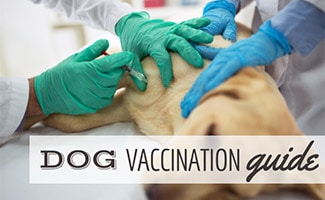
Find out from your shelter, breeder, or rescue group when your puppy is due for his next round of puppy shots, and set up an appointment with your new vet to get these shots done on time. It’s crucial for your puppy’s health that he stays current on vaccinations.
Top Two Diseases Vaccinations Will Prevent
The two diseases that are at the top of the list for puppy vaccines are canine distemper and canine parvovirus. Both are potentially fatal diseases for dogs, especially puppies, but they can be easily prevented by proper vaccinations. Remember that it’s always necessary to get follow-up booster shots for your pet’s vaccines.
Review This Vaccination Cheatsheet
Heartworm Prevention
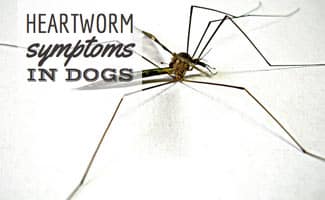
Like vaccines, heartworm prevention is another must-have for all puppies. Heartworm disease is one of the most life-threatening diseases for dogs, and all it takes to contract it is a bite from an infected mosquito. Ask the previous owner, breeder, or animal shelter about what heartworm medication your puppy has been taking, and when he needs the next dose.
There are a wide variety of different types of heartworm prevention available — a monthly tablet, a topical solution, and an injection that’s administered every six months. Ask your vet at your first puppy visit what she recommends to use as a regular heartworm preventative for your dog. The cost is around $10 or less per month.
Learn More About Heartworm & Symptoms
Spay Or Neuter Your Puppy

You also need to think about whether you’ll spay or neuter your new puppy. Unless you have a purebred puppy you plan to breed, experts advise you to get your dog fixed. In many cases, spaying and neutering dogs make them better companions because it can help ease aggression. And there are numerous health reasons why it’s beneficial to alter your pet at an early age (not to mention your responsibility as a pet owner to help control the overall pet population).
Benefits Of Spaying & Neutering
The First Day With Your New Puppy
The big day is finally here! The most important thing to remember is to keep you and your puppy as anxiety-free as possible for an easy transition to his new home.
When bringing a puppy home for the first time, it’s ideal that your house is quiet, so he’s not overwhelmed. If possible, it’s a good idea to only give him access to a restricted area for the first few days. Introduce him to this area and his crate, food, and water bowl. Make sure you have bedding and his chew toy in the crate and leave the door open.

Interact with your puppy in his den area, so he knows it’s a safe, happy place for him. You should also introduce him to your designated spot in the yard where he should go potty.
If you have other pets, supervise introductions and keep them short and sweet. The same goes for new people. It’s important to socialize your puppy, but keep people introductions short and as calm as possible until he gets used to his new surroundings.
Video: Tips For Bringing Your Puppy Home
This video has many more tips and tricks for you to consider before, during, and after bringing a new canine addition into your home.
Finally, we recommend getting pet insurance for your new puppy. It can save you hundreds if not thousands of dollars on vet bills throughout your dog’s life. Wellness plans also help cover routine exams, vaccinations, cleanings, etc. And if you need additional help with your pup, you might consider online dog training at home.
Tagged With: Crate Training, Housetraining, Vaccinations